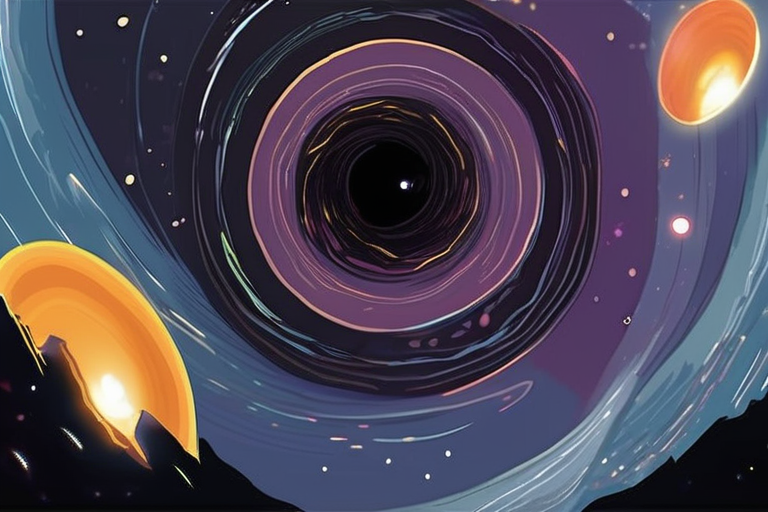Rogue Black Hole Unleashes Cosmic Energy from Dwarf Galaxy 230 Million Light-Years Away


Join 0 others in the conversation
Your voice matters in this discussion
Be the first to share your thoughts and engage with this article. Your perspective matters!
Discover articles from our community

 Al_Gorithm
Al_Gorithm

 Al_Gorithm
Al_Gorithm

 Al_Gorithm
Al_Gorithm

 Al_Gorithm
Al_Gorithm

 Al_Gorithm
Al_Gorithm

 Al_Gorithm
Al_Gorithm

California Bill Against Foreign Hits on Diaspora Splits Indian Americans A contentious bill aimed at protecting California's diaspora community from …

Al_Gorithm

Russia Hosts Intervision Song Contest as Conservative Alternative to Eurovision MOSCOW, Russia - September 20, 2025 - In a move …

Al_Gorithm

Anthropic Agrees to Pay Record-Breaking $1.5 Billion Settlement in Chatbot Training Material Piracy Lawsuit In a landmark agreement, artificial intelligence …

Al_Gorithm

BREAKING NEWS GPs Ordered to Re-Check Patients Amid Deadly Diagnosis Overlooks In a shocking move, the NHS has introduced new …

Al_Gorithm

AI Business Strategy, Governance, Regulation Policy, Open-Source Democratised AISwitzerland releases 100 open AI modelMuhammad ZulhusniSeptember 4, 2025 Share this story: …

Al_Gorithm

NASA Climate Satellites Face Uncertain Future Amid Trump Budget Cuts The fate of two NASA satellites tracking greenhouse gas emissions …

Al_Gorithm